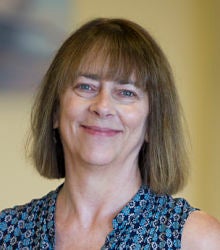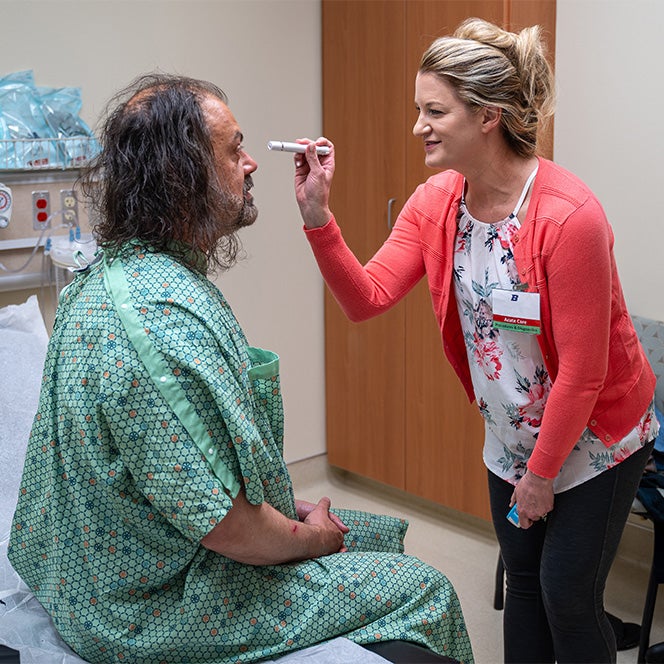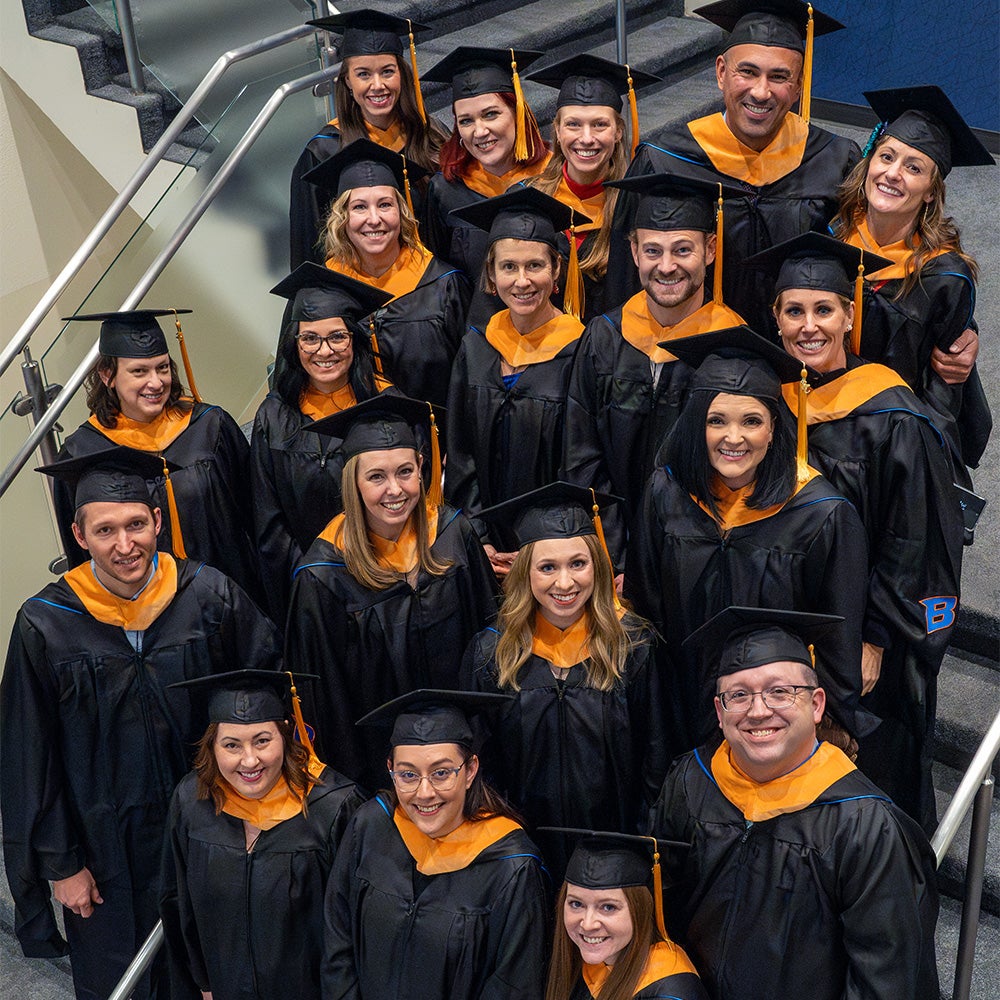The shortage of primary care providers across America is a complex issue, particularly in mostly-rural states like Idaho. Molly Prengaman, a School of Nursing associate professor, recently published an article exploring how nurse practitioners could be part of the solution.

Prengaman’s research offers insights into rural healthcare, workforce issues and factors that influence nurses to become nurse practitioners. She interviewed current nurse practitioners, nurse practitioner students, registered nurses, community members and critical access hospital administrators – all who reside in rural Idaho.
Many of her conversations pointed to existing rural registered nurses as “an untapped resource when looking for potential rural health care providers,” she wrote.
It all starts with education.
While the number of physicians choosing to practice in primary care is declining, the “the number of nurse practitioners has been increasing and is anticipated to continue to rise,” Prengaman wrote.
Boise State aims to meet this rising need with the Family Nurse Practitioner track of the bachelor’s to Doctorate of Nursing Practice (BS-DNP) program, since Family Nurse Practitioners can offer primary care to patients of all ages. Eighteen students of a 27-person cohort are enrolled in the new track that launched this fall.
Educating for what nurse practitioners need
The state Department of Health and Welfare reports 98% of Idaho is experiencing a shortage of primary care health professionals. Participants in Prengaman’s study chose to practice in rural Idaho because they recognized this need.
They want to help decrease patient wait times and travel to receive care, as well as increase healthcare access for the elderly, children and those living in poverty.

But because of the scarcity of resources and isolation in rural communities, many rural nurse practitioners want more transition-to-practice support. They told Prengaman they also need financial education, since many rural nurse practitioners end up establishing their own independent practices.
To apply this data to the rural provider shortage, Prengaman recommends: more formal mentoring and collaboration with rural healthcare facilities, as well as universities incorporating business and healthcare finances into their nurse practitioner education.
“Incorporating healthcare financial content into nurse practitioner curricula could serve to improve graduates’ ability to successfully establish sustainable independent practices, negotiate employment agreements, and enhance their ability to positively impact employers’ financial status,” Prengaman wrote.
In this regard, Boise State is already ahead of the curve.
According to Nicole Loos-Bartlett, one of the BS-DNP program directors, students learn directly from a nurse practitioner entrepreneur about pitfalls, policies, economics and financial planning in order to equip nurse practitioners who want to practice autonomously.
Boise State’s expanded clinical hours also make sure students have substantial hands-on practice to best prepare them for their transition to professional practice.
Prengaman believes that applying these and other findings from her study could bolster recruitment and retention of nurse practitioners in rural settings. It could also support more rural nurses to become nurse practitioners and enrich current nurse practitioners education. All these things could contribute to addressing the longstanding rural health care professional shortage.
What is BS-DNP?
The first cohort of Boise State’s BS-DNP program begins this semester: 27 students are studying to earn their doctorate and become nurse practitioners.
But what is a DNP? There are two ways to earn a doctoral nursing degree: a PhD or a DNP.

PhD programs prepare nurses to generate new research that helps advance the field by understanding the “why” behind clinical issues. But they aren’t necessarily the ones to implement changes based on their findings.
Doctor of nursing practice programs were created as a clinical doctorate, producing experts who understand the clinical issues and then translate and implement solutions into practice.
According to Kelley Connor, interim divisional dean of the School of Nursing, when PhDs and DNPs work together they “embody the essence of team science” to be able to “make a tangible difference for our communities.” Boise State School of Nursing faculty with terminal degrees represent both doctoral options.